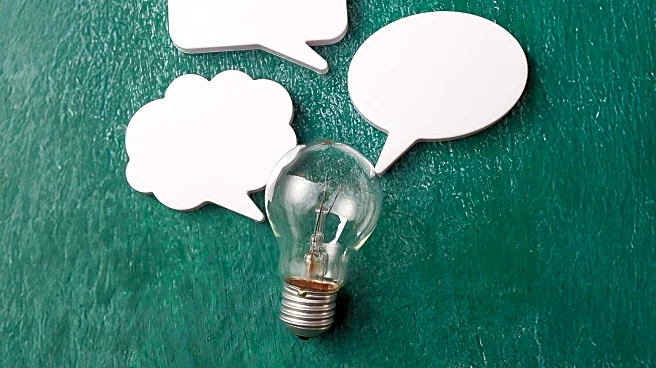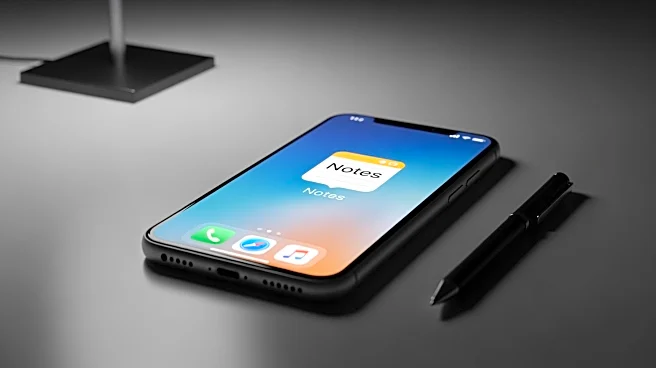What's Happening?
Millennials have increasingly adopted 'lol' as a common punctuation mark in digital communication, transforming its original meaning of 'laugh out loud' into a tool for softening messages and conveying
tone. This linguistic trend is used to make messages appear more casual or polite, often serving as a tension-breaking mechanism in both personal and professional interactions. Linguists and therapists suggest that 'lol' helps millennials manage the emotional weight of their communications, providing a buffer against potential misunderstandings or conflicts.
Why It's Important?
The widespread use of 'lol' among millennials highlights the evolving nature of language in the digital age. As communication increasingly occurs through text and online platforms, individuals have developed new ways to express tone and emotion, compensating for the lack of non-verbal cues present in face-to-face interactions. This shift has implications for how language is taught and understood, as well as for the development of communication technologies that can better capture the nuances of human expression.
Beyond the Headlines
The use of 'lol' as a discourse marker reflects broader cultural and psychological trends among millennials, including a tendency towards self-deprecation and a desire to avoid conflict. This linguistic adaptation may also indicate a generational response to the pressures of social media and the need to navigate complex social dynamics in a digital world. Understanding these patterns can provide insights into the social and emotional challenges faced by millennials, as well as inform strategies for effective communication across different age groups.











